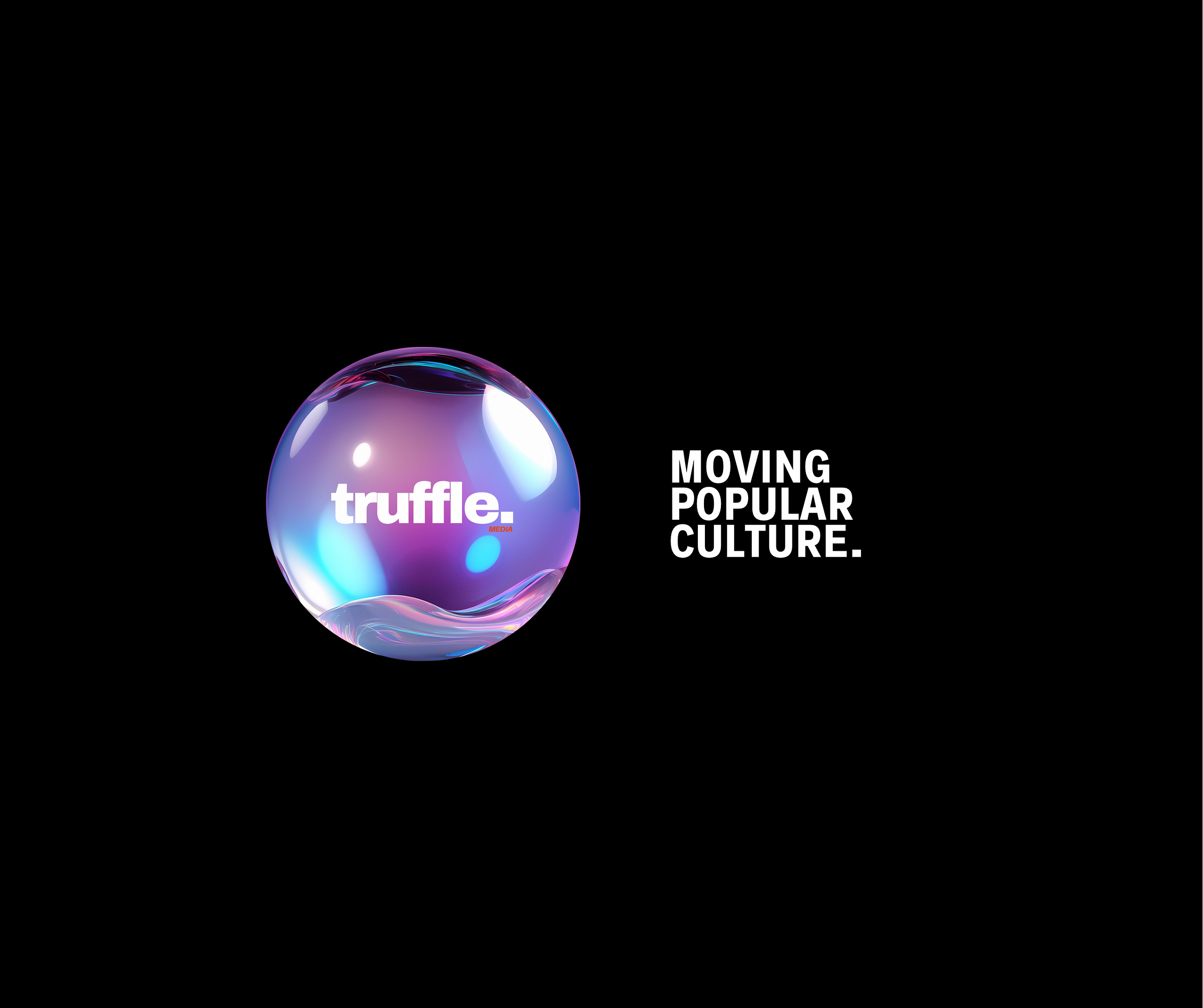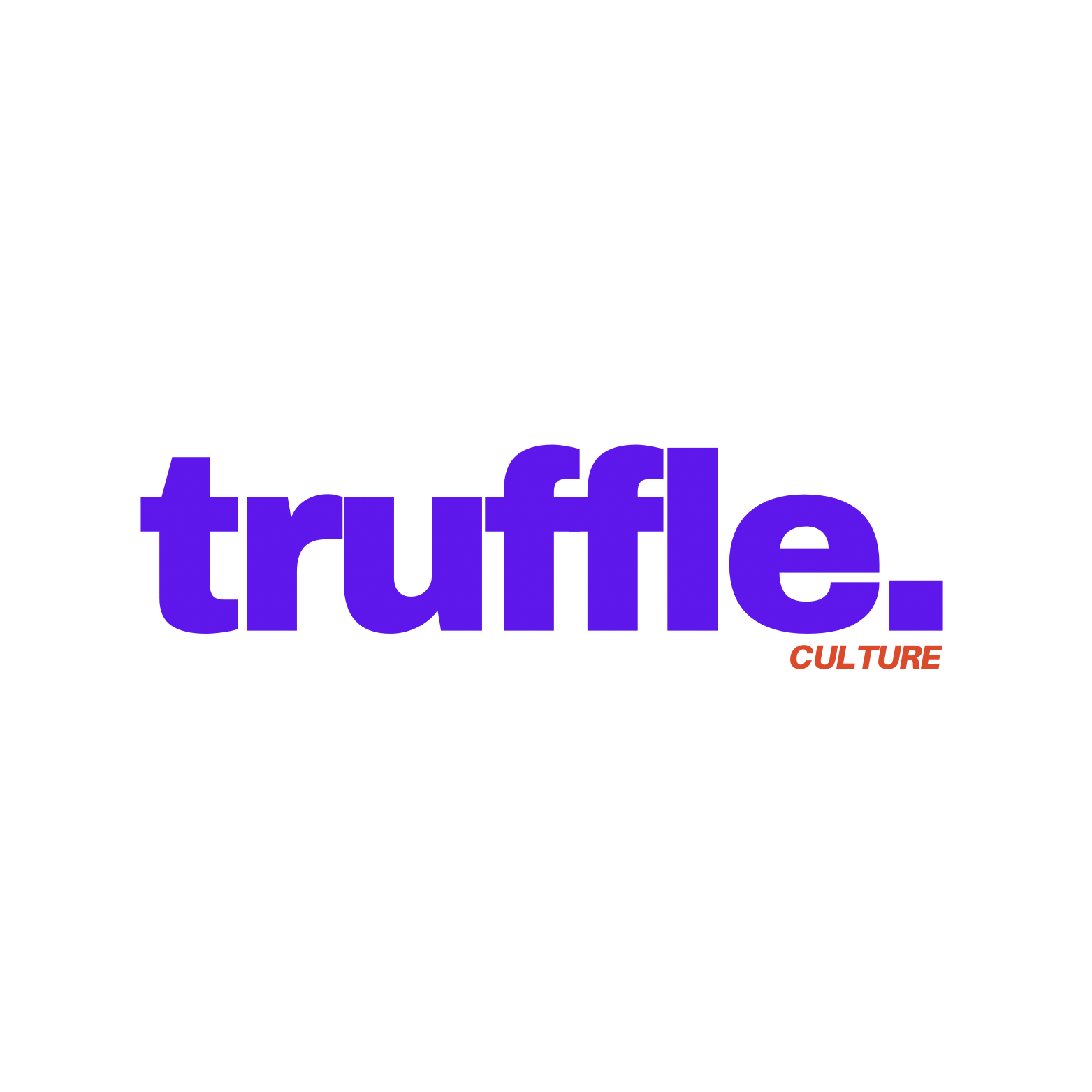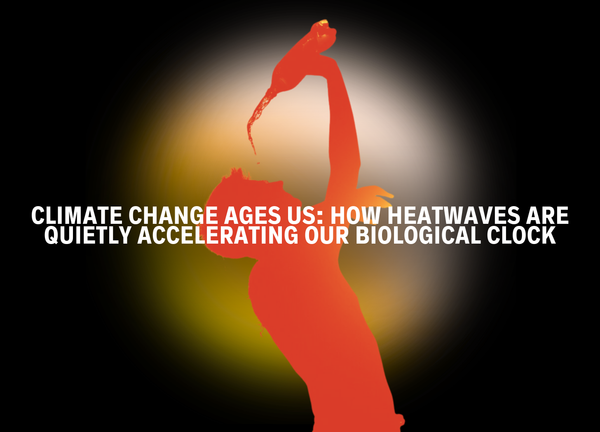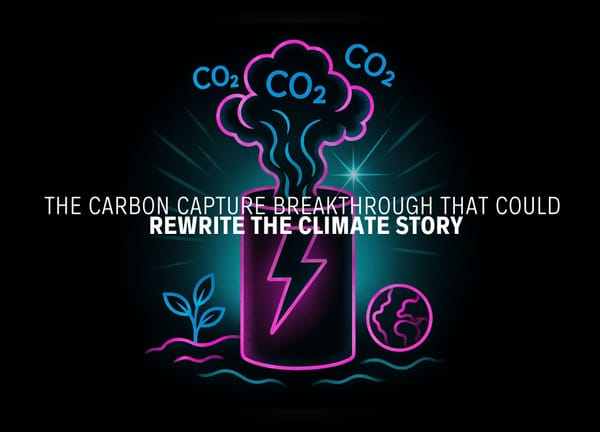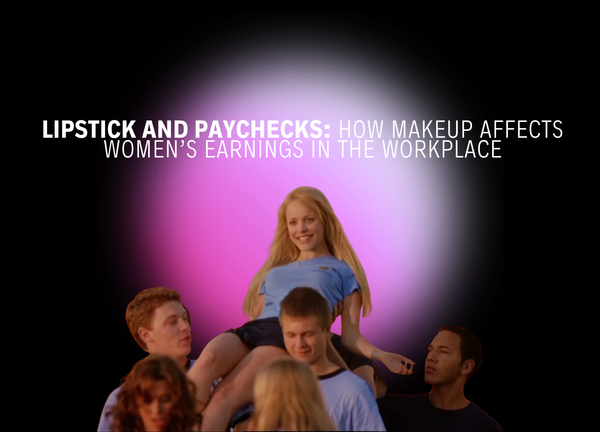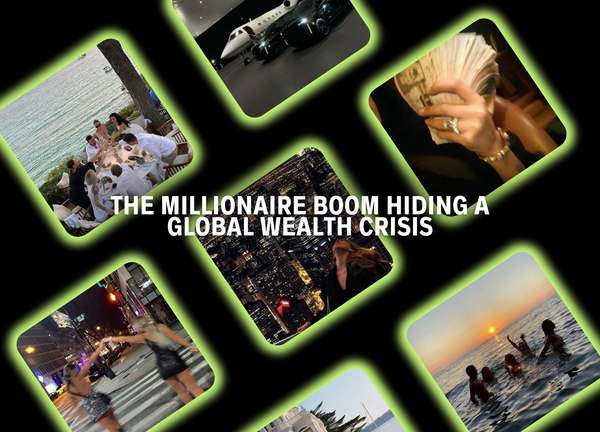The Creator Economy Surge: From TikTok Hustlers to Cultural Powerhouses.
The creator economy isn’t just having a moment — it’s rewriting the playbook for how culture gets made, consumed, and monetised. In 2025…
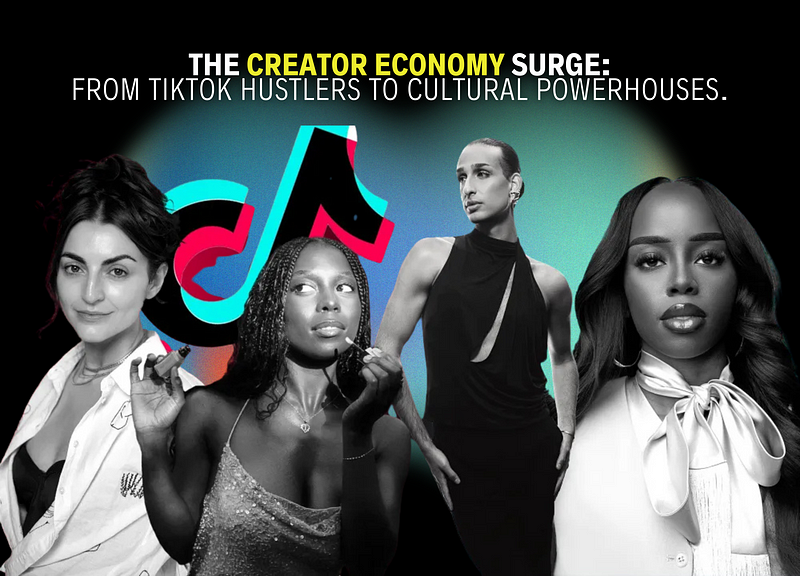
The creator economy isn’t just having a moment — it’s rewriting the playbook for how culture gets made, consumed, and monetised. In 2025, creators aren’t side-hustling basement vloggers anymore; they’re entrepreneurs, storytellers, and cultural powerhouses steering a $250 billion industry projected to balloon to $528 billion by 2030. From TikTok’s viral stars to Substack’s literary rebels, creators are flipping the script on traditional media, and brands, platforms, and even governments are scrambling to keep up. But behind the glitz of brand deals and viral Reels, there’s a grind — burnout, algorithm wars, and a financial tightrope that’s got everyone buzzing. Welcome to the creator economy, 2025 edition: it’s messy, it’s massive, and it’s ours.
A Boom That’s Bigger Than Hollywood
Let’s talk numbers, because the creator economy is flexing harder than MrBeast at a merch drop. In 2024, the global creator economy was valued at $143 billion, with a projected compound annual growth rate (CAGR) of 26.4% through 2034, potentially hitting $1.487 trillion. North America alone raked in $50.1 billion last year, driven by the U.S.’s obsession with platforms like Instagram, TikTok, and YouTube. Over 200 million creators — bloggers, influencers, podcasters, and more — are fueling this beast, with 127 million considered influencers (2.4% of global social media users). That’s not just a niche; it’s a cultural tidal wave. See the market breakdown here.
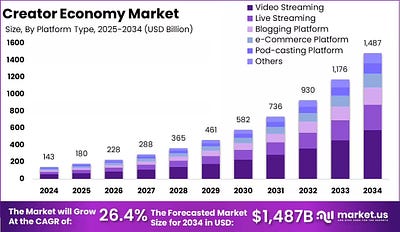
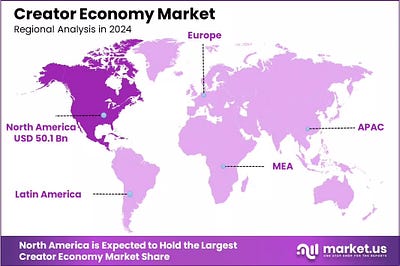
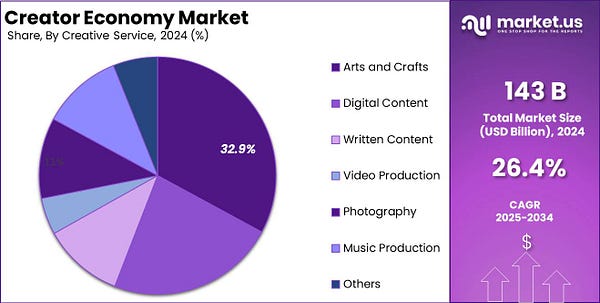
What’s driving this? Accessibility and authenticity. Smartphones and free editing tools like CapCut have democratised content creation, letting anyone with a vibe and Wi-Fi build an audience. Meanwhile, Gen-Z and Millennials — 57% of whom dream of being influencers — crave real voices over polished ads. Posts on X echo this: creators are “the engine,” but only 4% make a living wage, highlighting a polarised ecosystem where top dogs like Addison Rae (who’s gone from TikTok dances to a 2025 Ryan Reynolds flick) thrive, while most scrape by.
Platforms and Power Plays
The creator economy isn’t platform-agnostic — it’s a battleground. Instagram Reels, pricier than TikTok videos by 32%, dominate brand budgets thanks to 55% higher engagement than static posts. YouTube’s long-form renaissance and TikTok’s social commerce boom (with $82.82 billion in 2024 sales) are reshaping how creators cash in. X, however, is lagging, with a $238 million ad spend drop in 2024 as brands flock to Instagram and TikTok’s superior tools.
New players are shaking things up. LinkedIn’s pivot to “LinkedIn-fluencers” is turning B2B marketing into a storytelling goldmine, with vertical videos driving engagement. Substack and Patreon are empowering creators to own their audiences, bypassing algorithm roulette for direct subscriptions — 67% of long-form creators have three or more revenue streams, like merch or courses. Meanwhile, TikTok Shop’s live shopping and affiliate sales (up to $1.1 billion in 2024) are making creators walking storefronts.
AI: The Creator’s New BFF (or Frenemy?)
AI is the creator economy’s double-edged sword. On one hand, 90% of creators use tools like ChatGPT or Midjourney to churn out content faster — think scripts in minutes, not days. AI-driven platforms like PhotoRoom help nano-influencers produce studio-grade visuals from their phones, leveling the playing field. Brands love AI, too, using it to match creators with campaigns and analyze engagement depth, not just likes. By 2025, AI-generated personas might even blur the line between human and bot creators, with some predicting they’ll “quietly take over” social platforms.
But there’s shade. Creators worry AI dilutes authenticity, and overreliance risks flooding feeds with generic slop. Plus, platform algorithms often prioritize AI-optimized content, leaving purists in the dust. X posts lament platforms profiting more than creators, with calls for ownership over content and data. It’s a vibe: AI’s a tool, not a replacement, but it’s reshaping the hustle.
The Grind: Burnout and Bucks
For every creator launching a six-figure brand like Ashley Alexander’s Nami Matcha, there’s a sea of hustlers battling burnout and financial precarity. A 2024 MBO Partners study found 46% of independent creators say success is “hard,” and 41% report burnout, especially streamers (76%) and influencers (74%). Only 13% prioritize money over audience connection, but brand deals (69%) and merch (67%) are top earners. The catch? Just 4% of creators make over $10,000 monthly, while 51% earn under $500.
Mental health is a hot topic. Creators are baring their struggles, moving away from highlight reels to real talk, which resonates with fans craving authenticity. Platforms are responding — YouTube’s scheduling tools ease posting pressure, and Kajabi’s 2025 report highlights a shift to “ownership,” with creators building businesses, not just content. But financial instability persists, especially for nano-influencers, who rely on inconsistent affiliate links or tips.
Cultural Clout and the Future
Creators aren’t just making content — they’re making culture. From #BookTok driving bestseller lists to X threads sparking policy debates, they’re the new gatekeepers. The White House’s 2024 creator summit, hosting 100 influencers to discuss privacy and mental health, proves their clout. Women dominate (70% of influencers), though men earn 40% more per collab, exposing a pay gap that’s got X buzzing.
Looking ahead, 2025 is about professionalisation. Creators are scaling to podcasts, CTV, and retail, with 88% launching products and 93% of marketers planning co-created goods. Long-term brand partnerships are replacing one-off campaigns, and social commerce is exploding — think livestream shopping, which could mirror China’s $500 billion market. But challenges loom: measurement woes (20% of marketers cite ROI issues), platform greed, and a potential TikTok ban could shake things up.
The creator economy is a cultural juggernaut, follow Truffle to keep up to date. Let’s move culture together.
